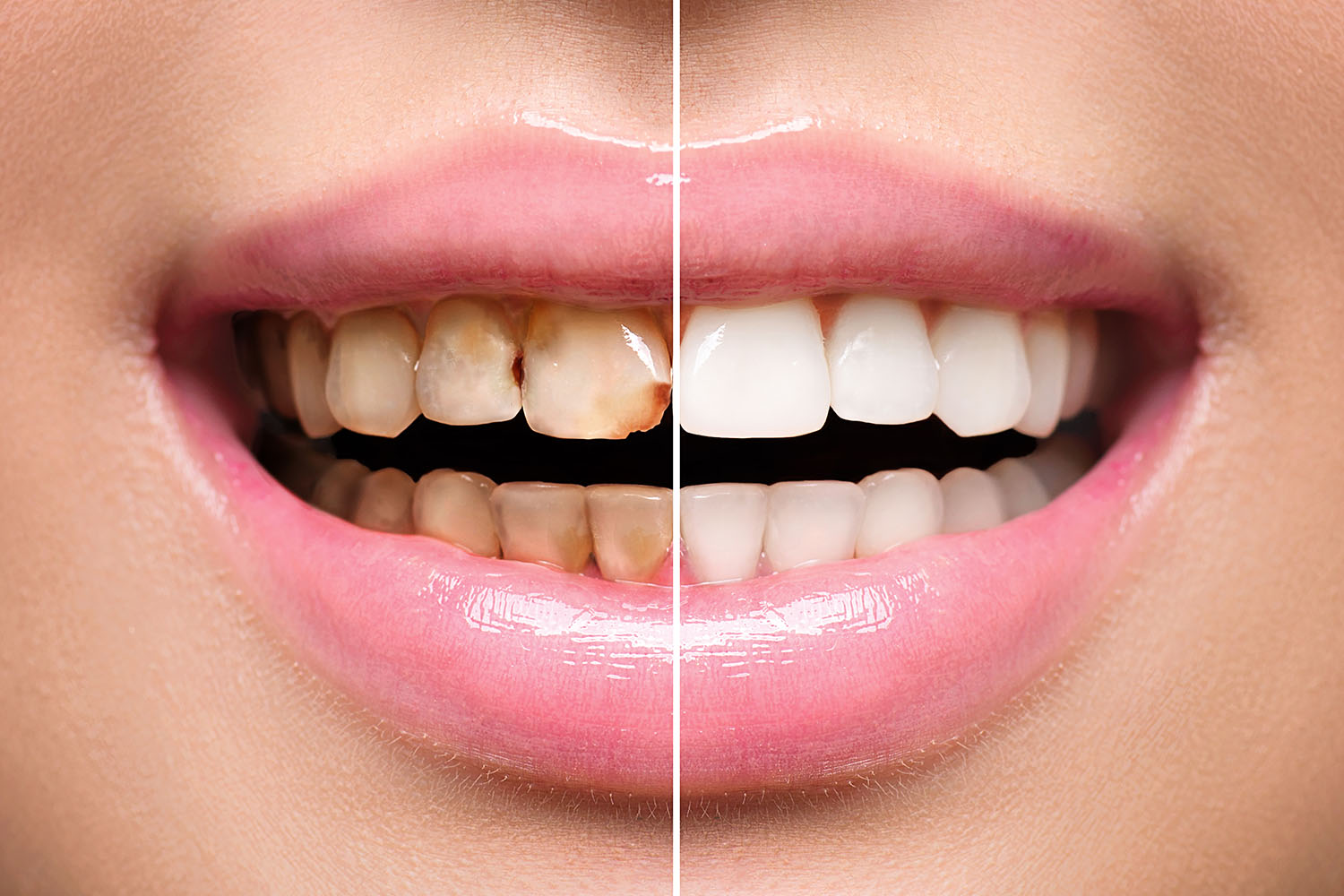Overview
Dental caries, commonly known as tooth decay or cavities, remains one of the most prevalent chronic diseases worldwide. Despite advances in dental health awareness and technology, dental caries continues to affect individuals of all ages, posing significant public health challenges. This blog explores the causes, prevention, and treatment of dental caries, drawing on international research to provide a comprehensive understanding of this pervasive condition.

What Are Dental Caries?
Dental caries is a multifactorial disease resulting from the interplay between oral bacteria, dietary sugars, and host factors such as saliva flow and tooth composition. When bacteria in the mouth metabolize sugars, they produce acids that demineralize the tooth enamel, leading to the formation of cavities. If left untreated, dental caries can progress to affect the deeper structures of the tooth, causing pain, infection, and even tooth loss.
Global Prevalence and Impact
Dental caries is a major public health issue globally, with the World Health Organization (WHO) estimating that nearly 2.3 billion people suffer from caries of permanent teeth, and more than 530 million children have caries of primary teeth. The burden of dental caries is particularly high in low- and middle-income countries due to limited access to dental care and preventive measures.
In high-income countries, despite better access to dental services, dental caries remains a common problem. Studies indicate that socio-economic disparities significantly influence the prevalence of dental caries, with marginalized communities experiencing higher rates of decay.
Causes and Risk Factors
Several factors contribute to the development of dental caries, including:
Diet: Frequent consumption of sugary and acidic foods and drinks is a major risk factor.
Oral Hygiene: Poor oral hygiene practices, such as inadequate brushing and flossing, facilitate plaque accumulation and acid production.
Fluoride Exposure: Insufficient fluoride exposure reduces the protective effects against enamel demineralization.
Socio-Economic Status: Limited access to dental care and education in lower socio-economic groups increases caries risk.
Genetics: Genetic factors can influence tooth morphology and enamel composition, affecting susceptibility to caries.
Prevention Strategies
Effective prevention of dental caries involves a combination of individual behaviors and public health interventions. International research supports several key strategies:
Fluoride Use: Fluoride strengthens tooth enamel and makes it more resistant to acid attacks. Fluoridated water, toothpaste, and professional fluoride treatments are widely endorsed by dental health authorities.
Dietary Changes: Reducing the intake of sugary snacks and beverages and opting for healthier alternatives can significantly lower caries risk.
Oral Hygiene Practices: Regular brushing with fluoride toothpaste and flossing can remove plaque and prevent caries formation.
Regular Dental Check-Ups: Professional cleanings and early detection of caries can prevent progression and complications.
Public Health Policies: Policies promoting access to dental care, fluoridation of community water supplies, and educational programs are essential for caries prevention.
Treatment Options
When dental caries develops, timely treatment is crucial to prevent further damage. Treatment options include:
Fluoride Treatments: For early-stage caries, topical fluoride applications can help remineralize and repair enamel.
Fillings: For more advanced caries, dental fillings made of composite resin, amalgam, or other materials restore the tooth’s structure and function.
Crowns: Severely decayed teeth may require crowns to provide structural support and restore aesthetics.
Root Canals: If the decay reaches the tooth’s pulp, a root canal treatment may be necessary to remove infected tissue and save the tooth.
Extractions: In cases where the tooth is extensively damaged and cannot be saved, extraction may be the only option.
Dental caries remains a significant global health issue, affecting millions of individuals and leading to substantial health care costs. By understanding the multifaceted causes and implementing comprehensive prevention strategies, we can reduce the prevalence and impact of dental caries. Continued research and public health initiatives are essential to combat this pervasive disease and promote better oral health for all.
By staying informed and proactive in our dental care, we can work towards a future where dental caries is no longer a common affliction but a rare occurrence.


